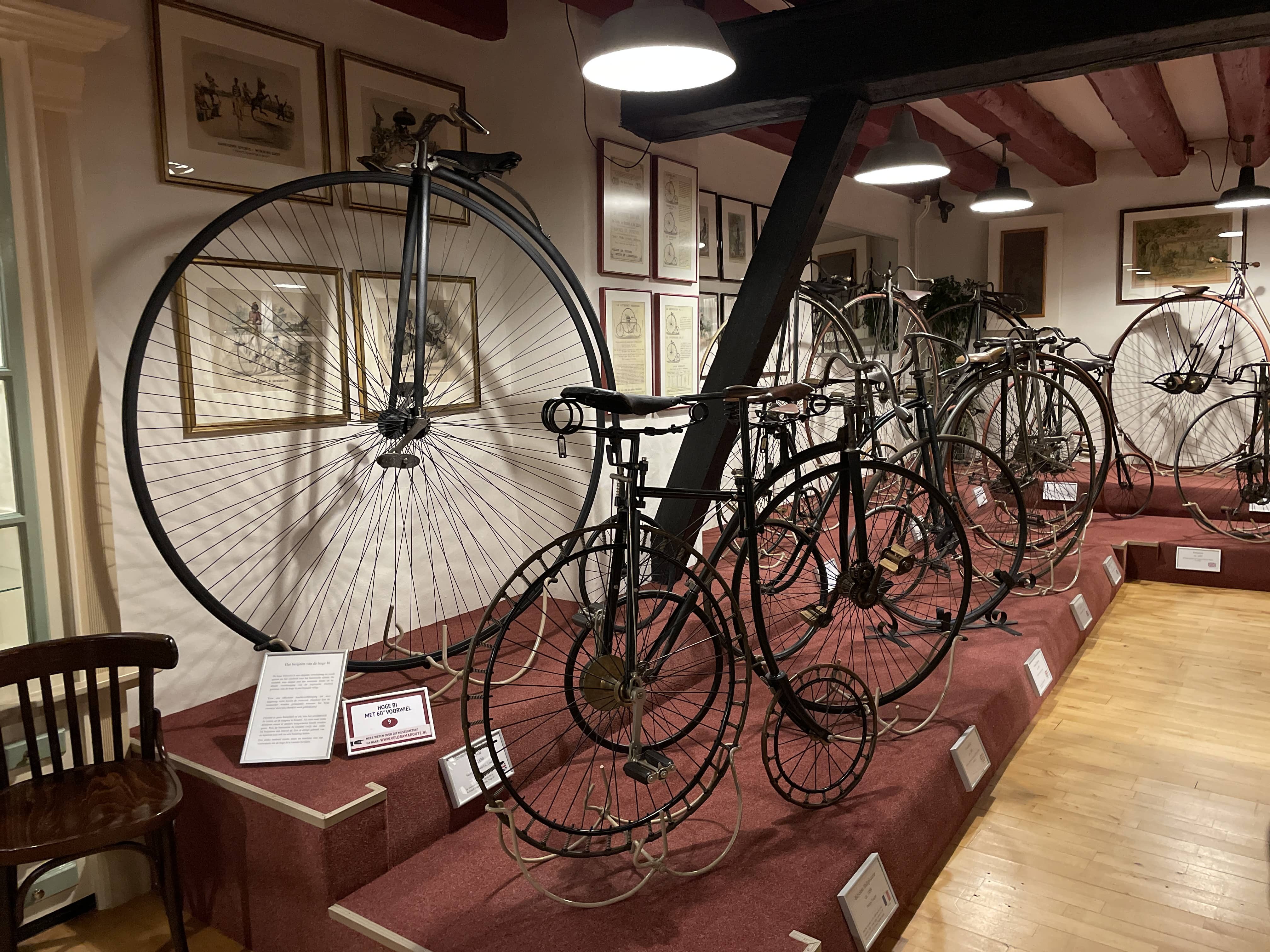In an era in which digitization and accessibility of our cultural heritage are becoming increasingly important, more and more organizations in the Netherlands are opting for the innovative collection registration system KLEKSI. Why? Simply because of the user-friendliness and innovative features it offers, such as the groundbreaking helpdesk feature Hoot, which allows users to ask questions about the operation of the system 24/7. The first artificial intelligence application in the heritage world.
One of the recent examples of organizations that have chosen KLEKSI is the National Bicycle Museum Velorama in Nijmegen. With its rich collection of historic bicycles and memorabilia, the museum faced the challenge of registering and presenting these in a structured and accessible manner. The user-friendliness of KLEKSI and the ability to receive direct support via the Hoot helpdesk were decisive factors for Velorama to choose this system.
But Velorama is not alone. The Musiom, a museum for contemporary art in Amersfoort, also chose KLEKSI because of its ease of use and the innovative possibilities it offers. With KLEKSI, the Musiom can not only register its collection efficiently, but also easily present it to the public, which is essential for a lively and accessible museum.
The Leudal Museum is even working with this advanced system in KLEKSI's own municipality. By transferring their data to the KLEKSI environment, they will soon be able to show their unique collection to the public via their own website, allowing them to achieve greater reach and greater involvement.
The growing popularity of KLEKSI proves that user-friendliness, innovation and accessibility are the key to success in the world of collection registration and heritage management. With KLEKSI, organizations can not only manage their collections efficiently, but also bridge the past and present, and share their heritage with a global audience.


